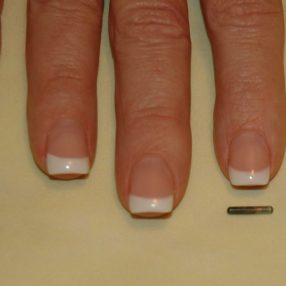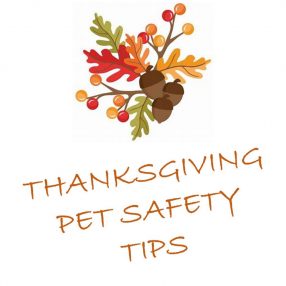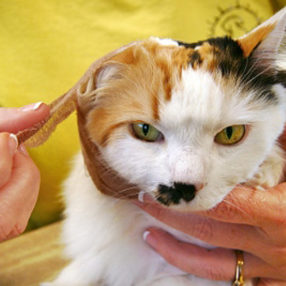Contrary to popular belief, cats do not always land on their feet. Many are injured from falls, so take care to prevent the worst from happening to your feline friend.
Cats can sustain a variety of injuries from a fall out a window, off of a balcony or from a rooftop. Broken bones, jaws, ruptured organs and even death are likely. If you notice your cat is limping or refusing to move or eat, it is possible that she could have suffered an internal injury that may not be apparent immediately but can become dangerous very quickly.
A Biology Lesson
Our feline friends have a fluid-filled organ in their inner ear called the vestibular apparatus that helps cats “right” themselves during a fall. A study listed in the Journal of the American Veterinary Medical Association compares 132 cats who fell out of high-rise windows. On average, the cats fell five-and-a-half stories, yet 90% of them survived (although many suffered severe injuries). The number of broken bones and other injuries appeared to increase with the number of stories the cat fell up to a point. At the seven story mark, the injuries declined due to the fact that the cats had reached 60 mph — “terminal velocity.” At this speed and due to the additional falling time, the cats oddly parachuted the loose folds of their skin under their legs, emptied their bladders and relaxed so that the abdomen and chest absorbed more of the impact rather than their head and legs. Whereas the falls occurring from below seven stories caused most cats to land on their feet with the legs rigid, resulting in multiple fractures, chest, jaw and spinal injuries, concussions and even ruptures of the internal organs.
What to Do if Your Cat Suffers a Fall
Number one — check to see if your cat is breathing. If not, administer Rescue Breathing by giving two quick breaths into his nose while closing his mouth. Make sure the chest rises. Then give 15-20 breaths per minute until the cat breaths on his own or you reach professional veterinary help.
Every 30 seconds, check for a pulse at his inner thigh (femoral artery) or by cupping your hand behind the front elbow at the chest feeling for a heart beat. If there is none, begin chest compressions with two fingers on the side of the chest behind the cat’s elbow or by gently squeezing from both sides of the chest at the same time. Do realize though, this is not a cure, and you must quickly get your cat to the Veterinarian even if he starts breathing on his own. Transport him gently on a cuttingboard, cookie sheet or similar stiff object and secure him with rolled gauze so that he does not shift off of it.
If your kitty is breathing, check for bleeding injuries. Apply direct pressure with a sterile gauze pad to stop external bleeding and prevent infection. If you notice a “sucking” chest wound (you’ll see bubbling and hear air rushing into the body as your cat strains to breathe), wrap the body with plastic wrap to seal it and get your pet to the Veterinarian immediately — do not delay.
Realize any blood coming from or pooling in the eyes, nose or mouth could mean a head injury or internal bleeding requiring quick medical attention. Don’t forget that a conscious cat in pain may bite even his most loyal human friend, so restrain his head with a towel or use a cat muzzle as long as it doesn’t interfere with injuries.
The best thing you can do however, is do your darnedest to prevent falls from happening in the first place. Make sure window screens are securely in place and always supervise your cat’s access to balconies, rooftops or other high places, if even permit them at all. Additionally, because life happens, be prepared and learn what to do by knowing Pet First-Aid and having a special Pet First-Aid Kit for your feline family members.
Note: The articles on this page are copyrighted. Please do not reprint or use portions for any purpose without written permission from the author. Request permission for usage by sending an email explaining how you’d like to use the materials and what parts specifically. Thank you in advance!















